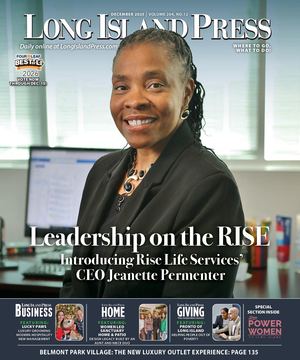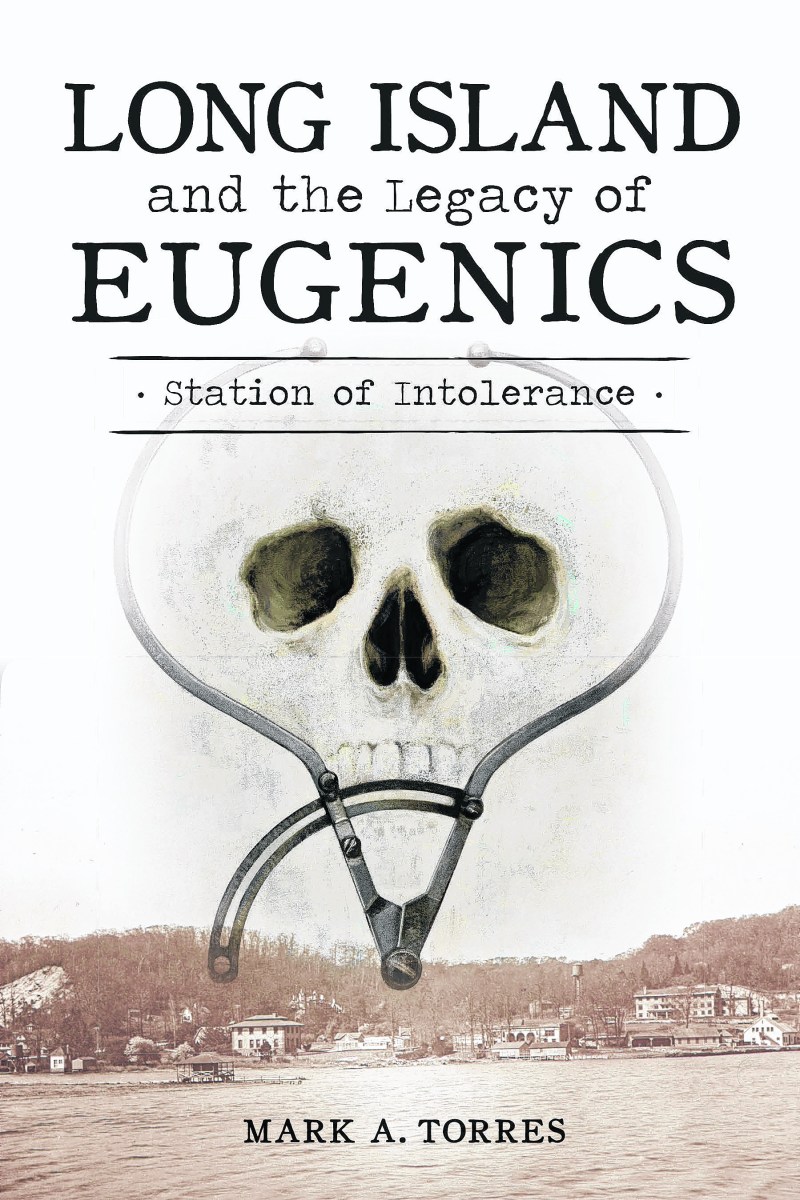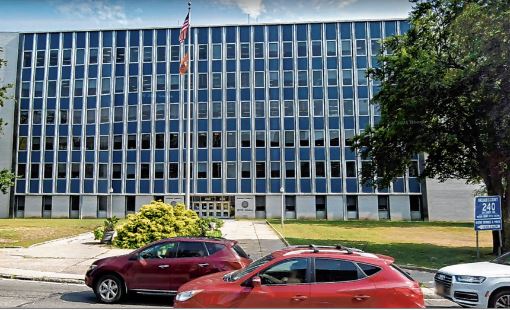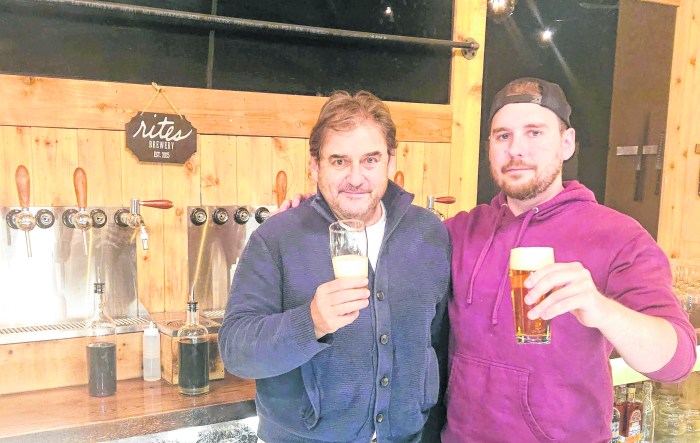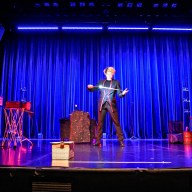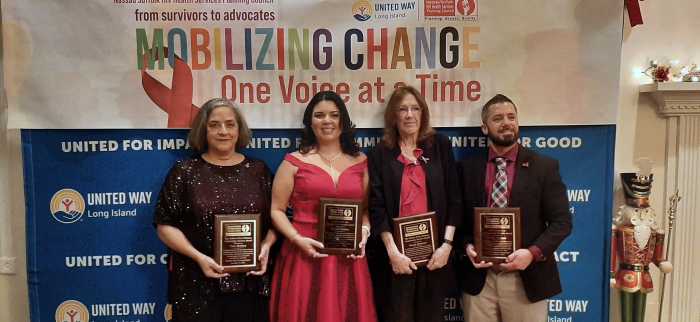In the world of pseudo-science, eugenics holds a dark position in history thanks to its being a social philosophy based on improving society via the manipulation of a population’s genetic stock. Its recent impact on society includes state-sanctioned compulsory sterilization, anti-immigration laws and a blueprint for what would become Nazi Germany’s Final Solution.
What’s most disturbing is that ground zero for this nefarious movement was at the Eugenics Record Office, a nondescript building in Cold Spring Harbor under the direction of a scientist named Charles Davenport from 1910 to 1939.
This sordid history is extensively covered in Long Island and the Legacy of Eugenics: Station of Intolerance, the latest book by author Mark A. Torres. Two years in the making, Torres’ latest project came out of research he’d been doing for “Adeline,” his 2019 novel set in mental health institutions in and around New York. Torres admits that getting past the scientific jargon of these eugenics theories was the first obstacle for the Queens native.
“I’m a labor lawyer and I’m more about social issues, so eugenics seemed too complex and science-y for me,” Torres said. “The more I fought through that, the more I realized that was part of the ruse. It had the trappings of cutting edge, true science that if you didn’t have an idea and most didn’t, you would just defer to the experts.”
Read also: After 70 years of service, the need for LICADD continues to grow amid local opioid crisis
In Torres’ book, Harvard-educated biologist Charles Davenport was the primary driver behind the American eugenics movement. Appointed director of the Cold Spring Harbor Laboratory in 1904, Davenport founded the Eugenics Record Office in 1910, thanks to a grant from railroad heiress Mary Averell Harriman.
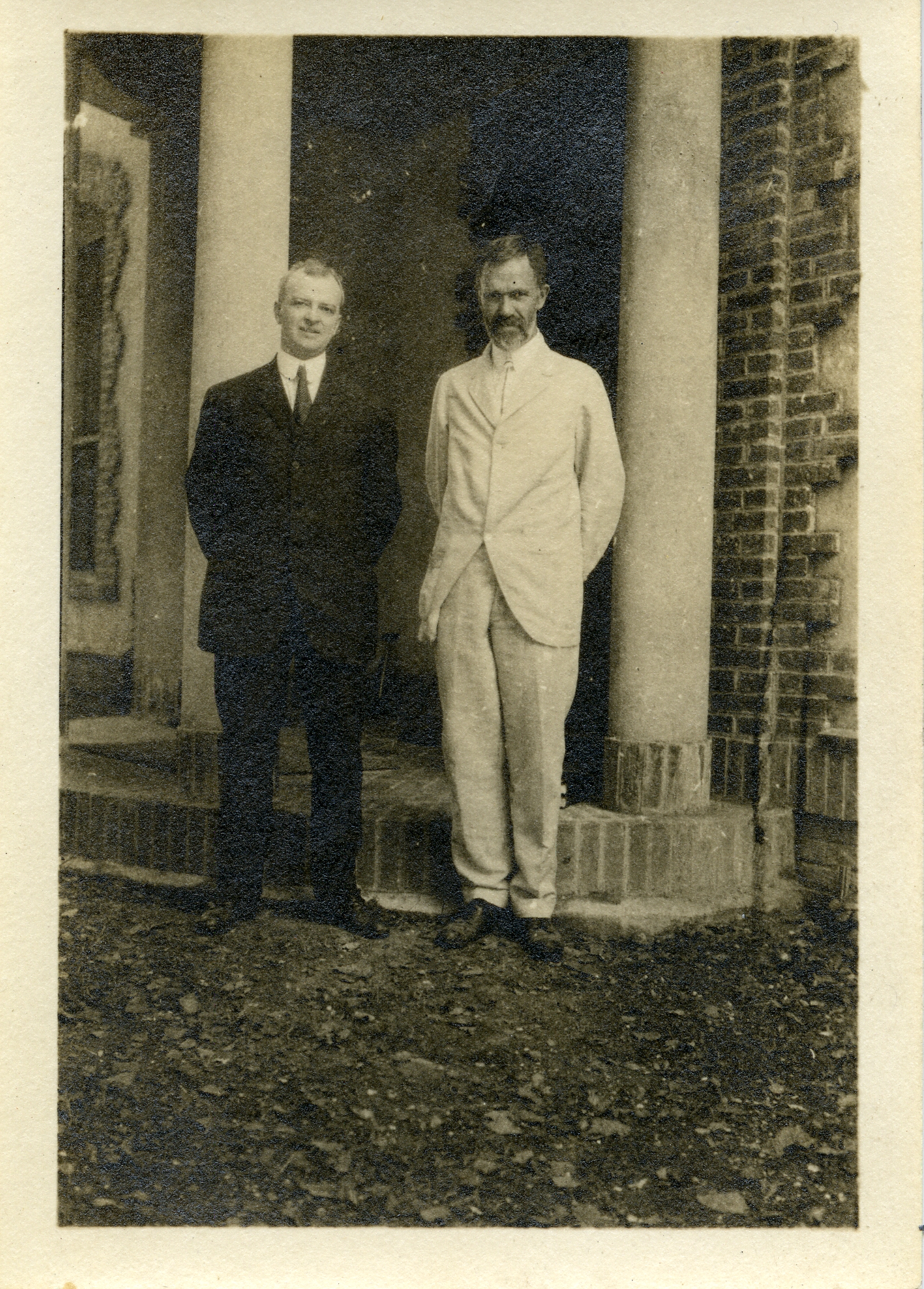
With eugenics guided by the racism and classism of the era, anything from poverty, promiscuity, alcoholism and epilepsy to myriad behavioral and mental traits were pinned on a person’s genetic make-up with no regard given to the effects of environmental conditions linked to sanitation, housing and economics. Data supporting this theory was gathered at poorhouses, prisons, freak shows and psychiatric hospitals via teams sent out by Davenport and his right-hand man, Harry Laughlin. This faulty information gathered was stored at the ERO and eventually led to radical legislation.
“It may seem benign, simple and harmless, but to me, the data collection was the most dangerous part because what that did was build the foundation of the whole science,” Torres said. “They stored millions of cards at the eugenics office. Family pedigrees suggesting that all of these people were below the mark. The next step was the sterilization and marriage restriction laws. There was also the national influence—immigration reform and everything that continued up to the global reach. It was important to structure the book in a way that it flows, but also explains how this movement took place and moved forward.”
As Torres pointed out, this movement enjoyed support from presidents ranging from Theodore Roosevelt up through Herbert Hoover. Money for further research flowed in from different corners, including the Carnegie Institute and the Rockefellers. A number of progressive names supported the movement, including Margaret Sanger, Helen Keller and W.E.B. Du Bois. Ironically, Keller, Du Bois and even Laughlin (who was an epileptic) represented portions of the population that would have been targeted by eugenicists for sterilization or euthanasia.
The theory drew the attention and admiration of Nazi Germany. Among Nazi collaborators who established correspondence with Davenport and Laughlin were German anthropologist Otto Reche (who advocated the genocide of ethnic Poles) and German race hygienist Otto von Verschuer (whose research at Auschwitz was led by his assistant, Dr. Josef Mengele). It was a shocking revelation for Torres while doing research for his book.
“Those connections as crystal clear as you imagine,” he said. “This all culminates with the ending of the Nuremberg Trials where Nazi defendants said they got this all from America. And they did. That’s not to excuse them. Six of them were hanged, as they should have had justice treat them. But people like von Verschuer, Mengele and others escaped justice. People like Laughlin and Davenport were never brought up or scrutinized. They just faded into obscurity and allowed to escape any kind of judgment. In many ways, that was the mission of this book. Let’s assign the blame here and put it where it belongs. That was the leading mission.”
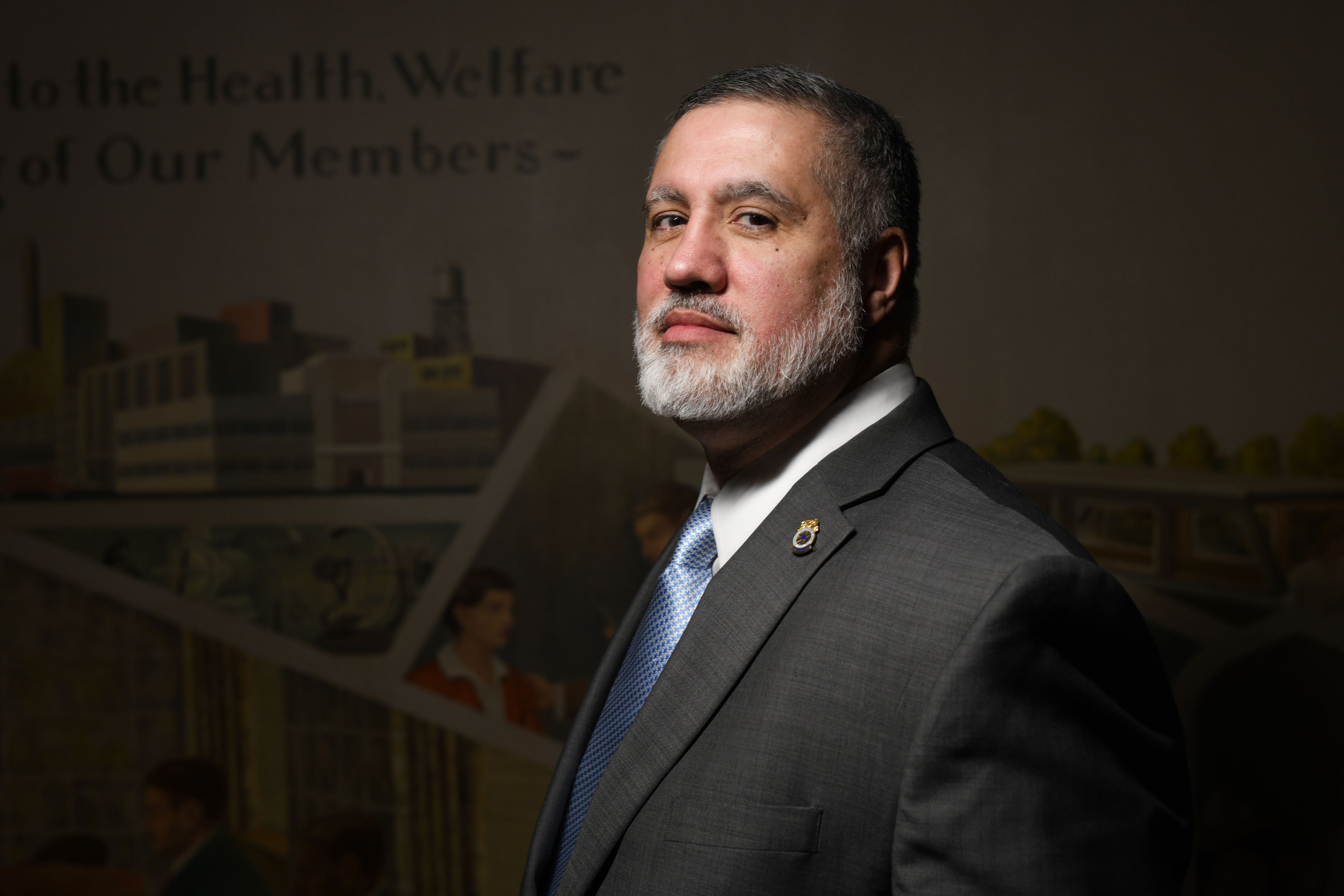
While Davenport’s 1937 retirement and the Carnegie Foundation’s decision to cut off funding led to the ERO closing on December 1, 1939, eugenics’ dark legacy carried forward into the atrocities of Hitler’s Germany and sterilization programs of Latinas in Puerto Rico and Southern California through the 1960s. It begs the question as to whether this can happen again.
“Where we are now and where we were 100 years ago is not that different,” Torres pointed out. “The economies were obviously different and social strata was different, but if you put the times and their positioning in a way, there are a lot of similarities. That’s why it’s important to put this out. Let’s look back then and maybe we can see where we are now and grow from it. At the very least, I want people to know that this happened, where it happened, why it happened and hopefully keep it in mind for future learning.”
